House Renovation Process – Demolition and Removal
Table of Contents
Before you can create that dream home, you often need to start by demolition and removal of existing house structures and materials. Embarking on a house renovation project is an exciting journey that allows you to turn your current space into your dream home . We will guide you through the crucial first step of this house renovation process.
Demolition – The First Step
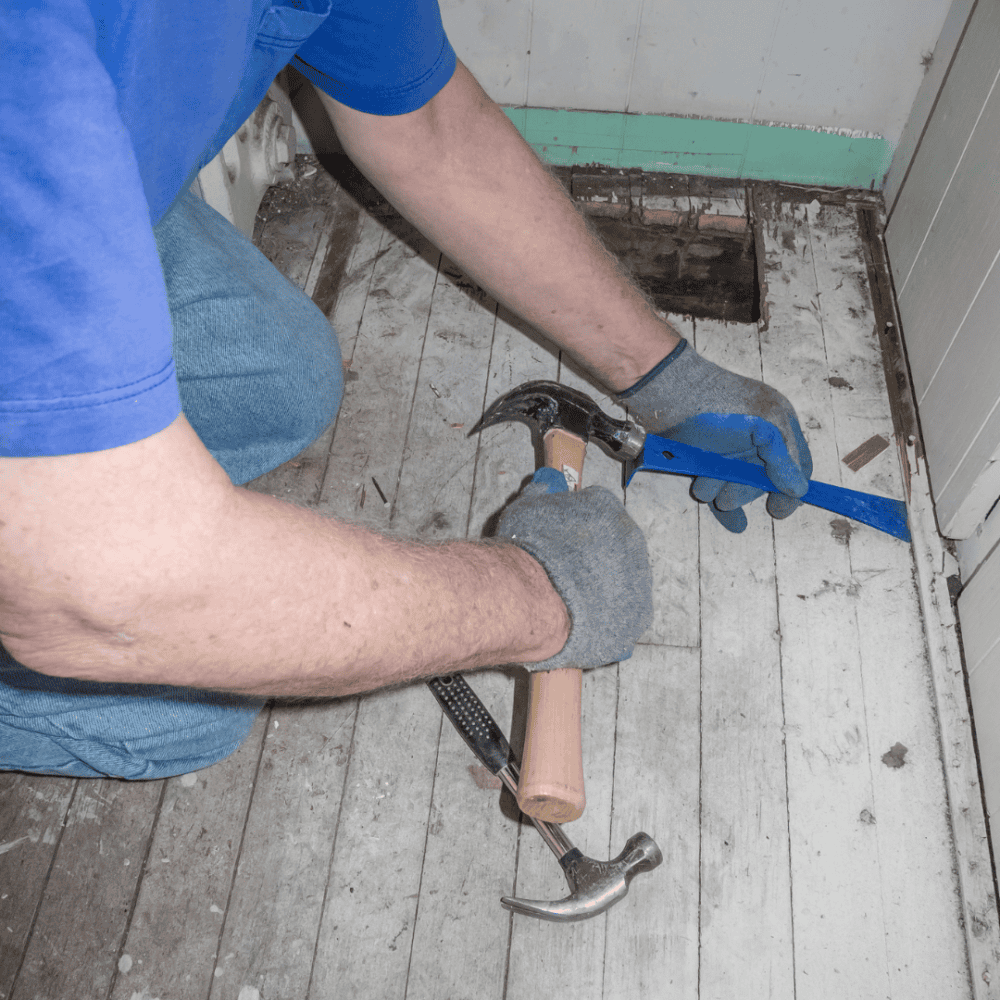
Demolition and removal are essential steps in the process of house renovation. While it may seem strange to tear down parts of a structure you want to improve, sometimes a fresh start is necessary to create something new and better. Demolition allows for the removal of old, outdated elements that no longer serve a purpose or hinder the desired changes.
Demolition can often uncover hidden surprises and reveal the true condition of a building. As walls come down and layers are peeled away, it’s not uncommon to find structural issues or hidden damage that were previously unnoticed. This newfound knowledge can alter renovation plans and provide an opportunity for course correction. As materials are removed during demolition, there is an opportunity to salvage items with historical or sentimental value, turning them into unique design features in the renovated space.
Safety First
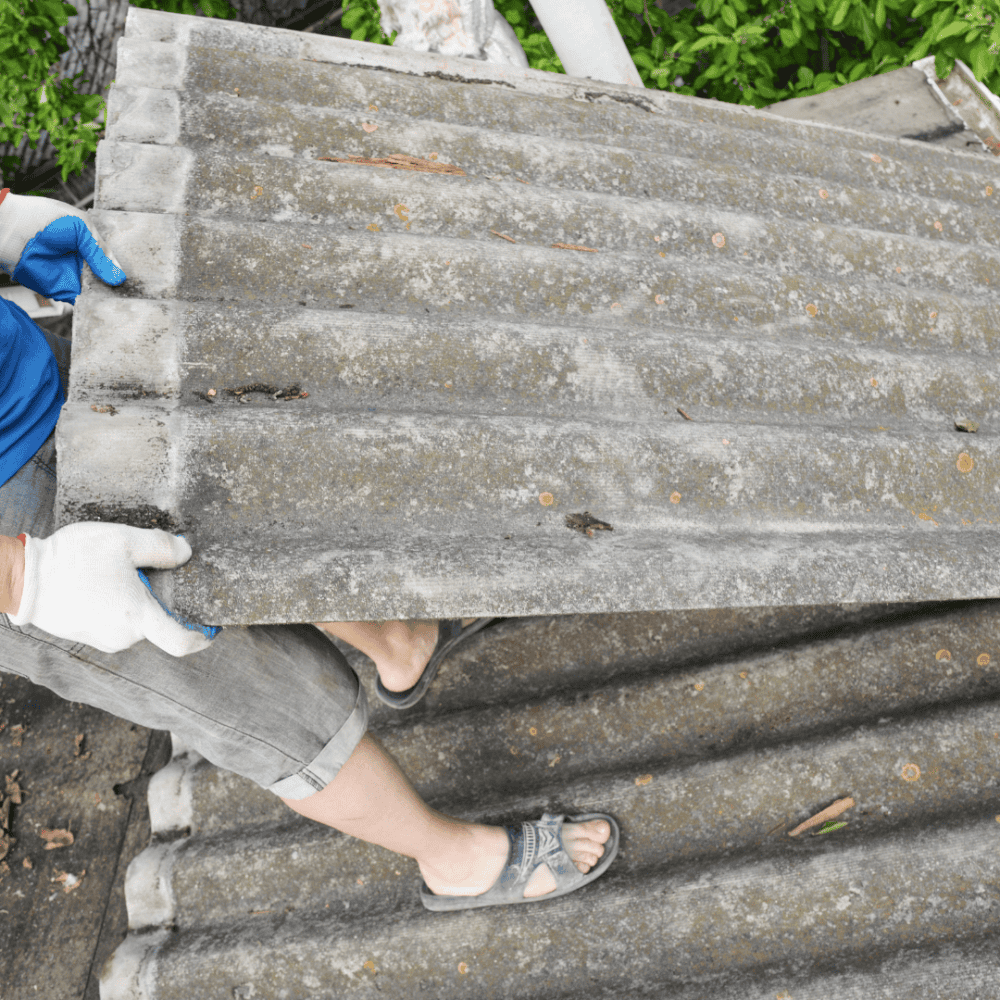
Amidst all the planning and design decisions, it is crucial to prioritize safety first. Ensuring a safe working environment should be the foundation upon which any home improvement endeavor is built. It is crucial to hire professionals who understand the intricacies of the task in hand,
One aspect often overlooked during demolition and removal process is proper protection for yourself and your workers. Wearing personal protective equipment (PPE) is essential to prevent accidents and reduce the risk of injury. From hard hats to gloves and safety goggles, investing in high-quality gear can make a world of difference when dealing with potential hazards such as falling debris or harmful substances. If your home was built before the 1980s, there’s a possibility of asbestos and lead-based paint in your structure. It’s essential to test for these hazardous materials and follow proper demolition and removal procedures if they’re present.
Taking precautions to secure the site itself is equally vital. Installing temporary fencing around the renovation area can help prevent unauthorized access and keep curious children or pets from wandering into hazardous zones. Clear signage indicating potential dangers like wet floors, exposed wires, or uneven surfaces will not only protect you but also alert others who may be visiting your home while work is in progress.
Maintain open communication with your contractor throughout the demolition and removal process discussing your goals, timelines, and any unexpected issues that may arise.
Permits and Regulations
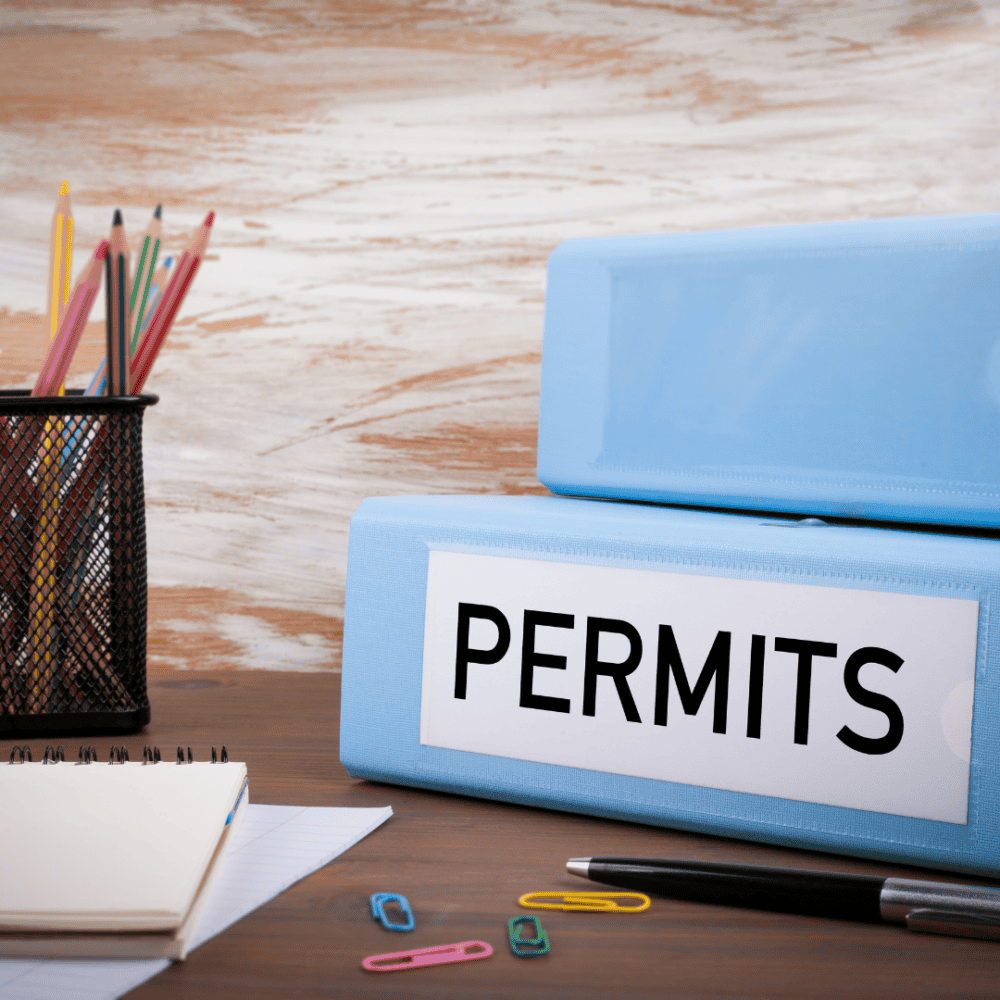
Before starting any demolition and removal work, check with your local authorities for necessary permits and regulations. Compliance is crucial to avoid legal issues down the road.
One key aspect to demolition and removal during a renovation is to consider obtaining the necessary permits before tearing down walls or demolishing any part of your home. While it may seem tempting to skip this step and expedite the process, doing so can have serious consequences. Not only can you face steep fines or legal action if caught without proper permits, but it may also affect your insurance coverage in case something goes wrong during the demolition phase.
Familiarity with local building codes and regulations is vital to avoid future problems when renovating or remodeling your home. Each municipality has its own unique set of rules governing construction projects, including specifications about waste disposal during demolition. Failure to adhere to these guidelines not only puts you at risk but also poses potential harm to the environment.
Salvageable Items
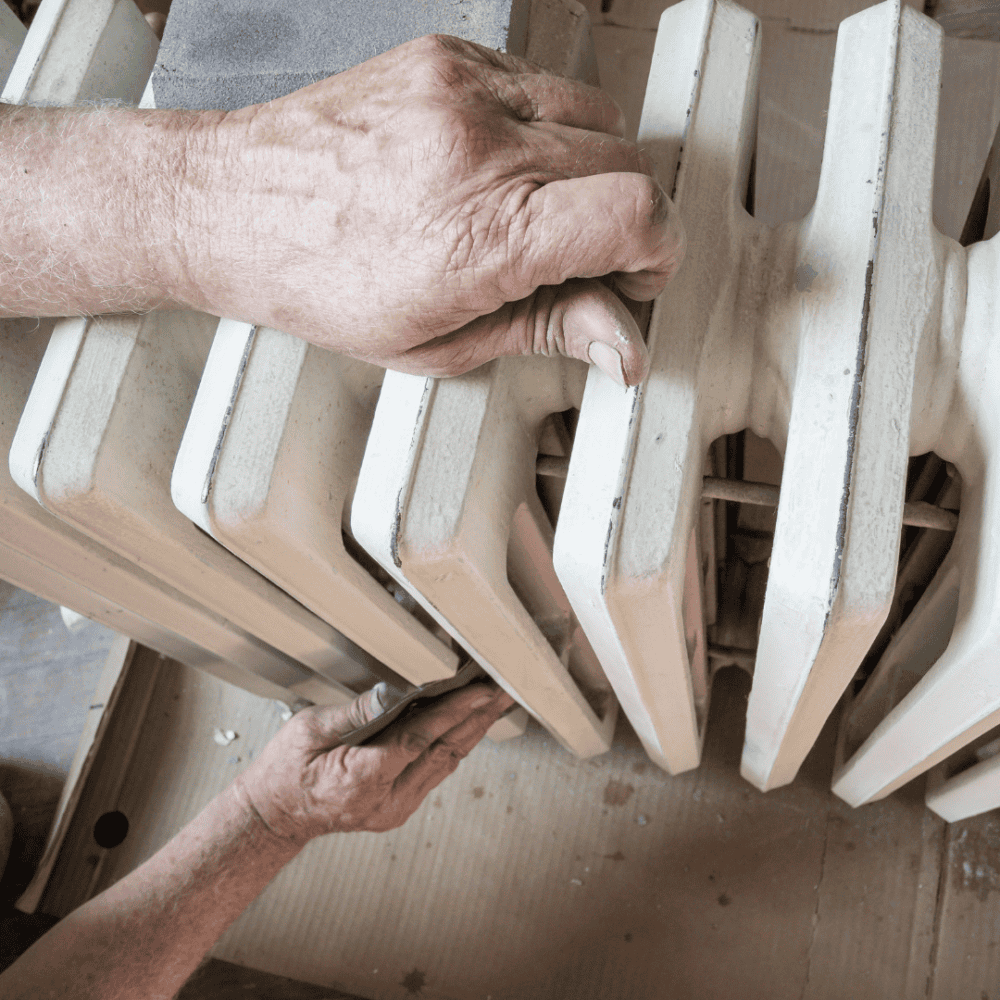
During the demolition and removal process, consider salvaging materials that can be reused or recycled. This not only reduces waste but can also save you money in the long run.
When it comes to house renovation and demolition, there is often an abundance of items that are deemed salvageable. From old doors and windows to vintage fixtures and architectural details, these salvageable items can not only save you money but also add a touch of character and history to your new space.
One man’s trash truly can be another man’s treasure when it comes to salvageable items. The beauty lies in seeing the potential in something that may seem worthless at first glance. Antique light fixtures? They can bring an air of elegance and nostalgia to any room when restored and properly showcased.
Salvaging items from your house renovation not only benefits you but also benefits the environment. By reusing materials instead of sending them straight to the landfill, we decrease our carbon footprint by reducing waste production and conserving resources. It’s a small step towards living sustainably while adding uniqueness and character to our homes.
Removal – Clearing the Debris
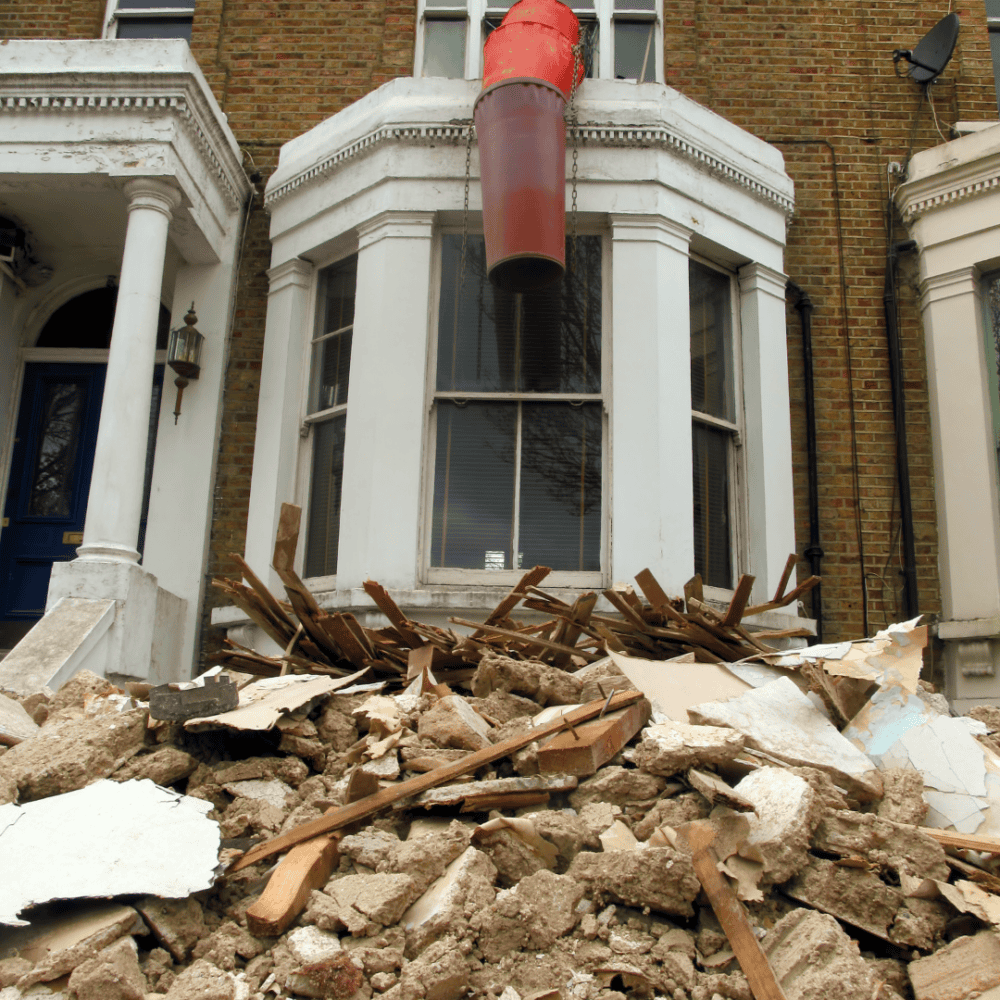
While removing the rubble may seem like a mundane task, it signifies a symbolic shift from destruction to creation. It’s almost therapeutic to witness the remnants of what once was being hauled away, as if making space for new beginnings.
Clearing the debris not only physically prepares the area for reconstruction but also has an emotional significance, there is a sense of cleansing and renewal in the air.
Dumpster Skip Rental
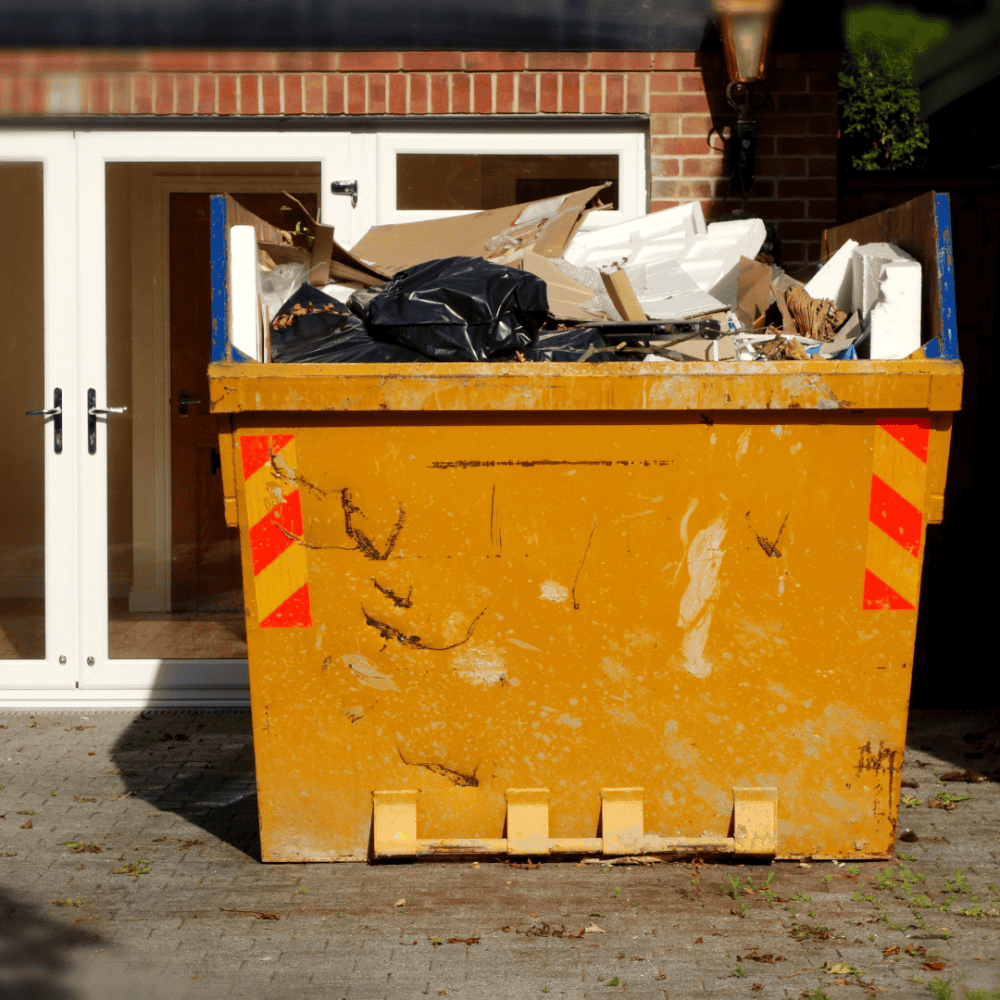
This efficient and cost-effective option during demolition and removal allows homeowners to easily dispose of construction debris, furniture, and other clutter in one go without the hassle of multiple trips to the local landfill. With a range of sizes available, homeowners can choose the most suitable Temporary Dumpster skip for their specific needs.
One fresh perspective on dumpster skip rental is its environmental impact. Construction materials such as wood, metal, or concrete can often be recycled when disposed of properly. By renting a dumpster skip, homeowners contribute to reducing waste sent to landfills and encourage recycling efforts within their communities. This not only benefits the environment but also helps conserve valuable resources by giving new life to materials that can be repurposed elsewhere.
Recycling and Salvaging
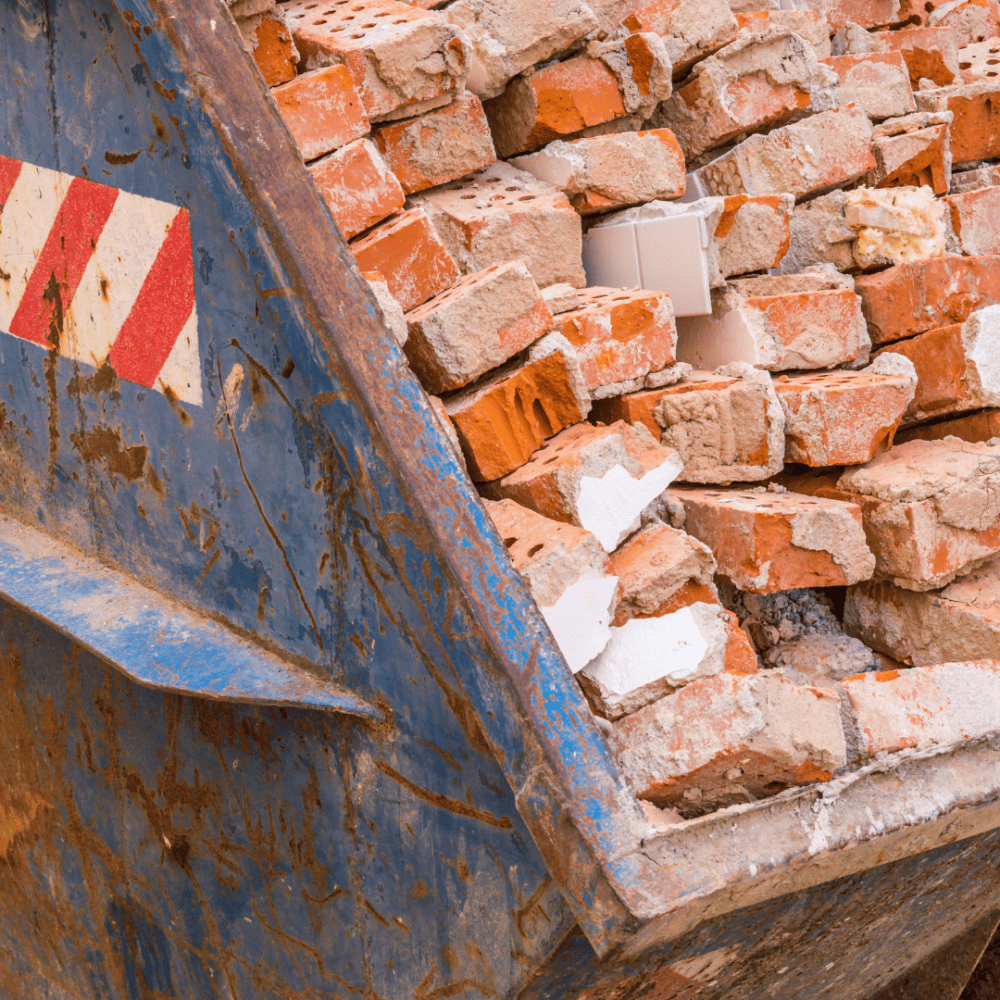
Recycling and salvaging materials can be environmentally friendly and cost-effective. One of the often overlooked aspects of house renovation is the demolition and removal process. While tearing down walls and ripping up floors may seem like a straightforward task countless materials can be salvaged for reuse. From old bricks and lumber to windows and doors, these items can find new life in other construction projects or even become unique features in future home renovations. Repurposing these salvaged materials not only reduces waste but also saves money on purchasing brand-new products – a win-win situation for both homeowners and the environment.
Recycling plays a vital role in minimizing environmental impact when it comes to renovation projects. Materials such as metal, glass, plastic, and concrete can all be recycled rather than sent straight to landfill. Recycling not only reduces our carbon footprint but also conserves natural resources by reusing raw materials instead of extracting them anew. As sustainable practices gain traction in various industries, including construction, incorporating recycling into house demolition should become an essential part of any responsible renovation project.
Depending on the size of your project, you might need professional demolition and removal services to handle heavy or hazardous waste. They have the expertise and equipment to safely remove materials.
Debris Separation
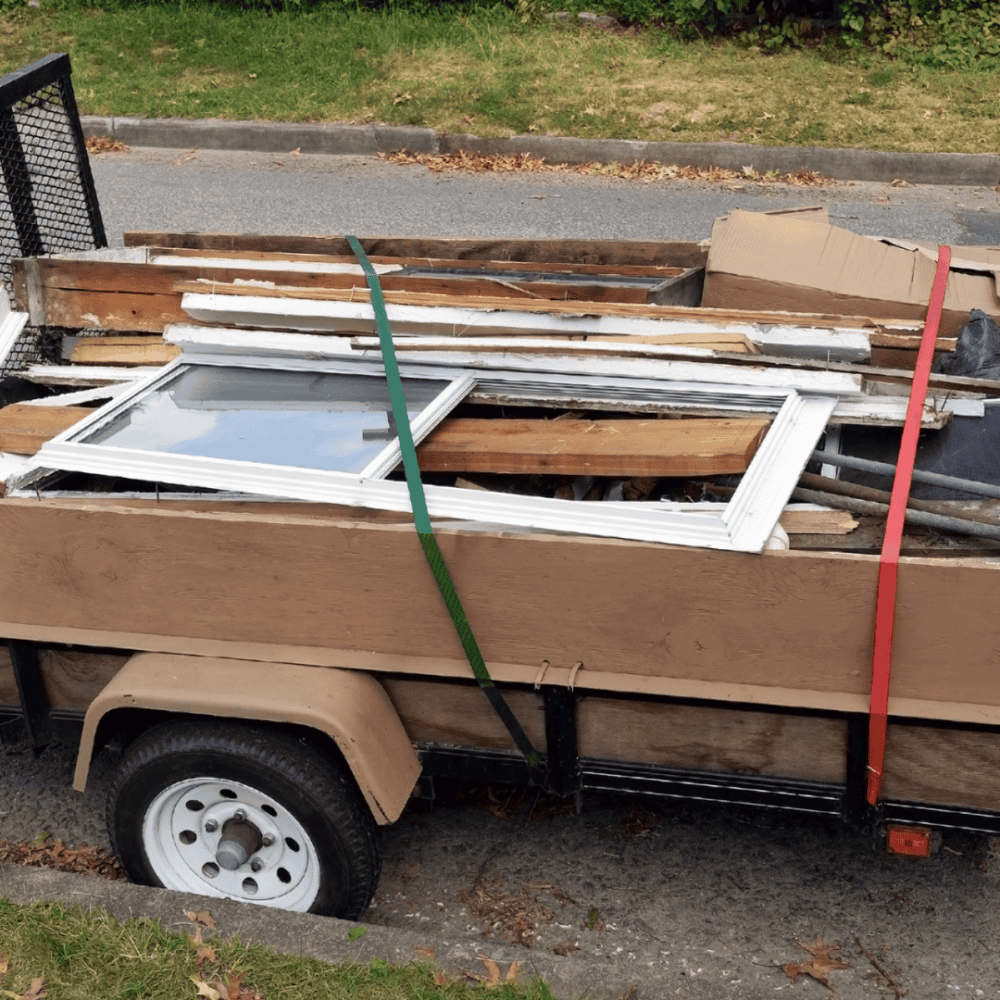
When it comes to house renovation demolition and removal, dealing with debris can be a major headache. The process of separating different types of waste can be time-consuming and confusing. However, taking the time to properly separate debris not only helps in waste management but also contributes to environmental sustainability.
One important aspect of debris separation is being aware of what materials are recyclable and what should go into regular landfill waste. By properly sorting items such as wood, metal, plastic, and glass, this can also include categories such as recyclables, non-recyclables, hazardous waste, and reusable materials. You can ensure that these materials are recycled rather than contributing to the overflowing landfills. Additionally, separating hazardous materials like asbestos or lead-based paint not only protects the environment but also prevents potential health risks associated with improper disposal.
Considering the potential for repurposing various items during renovation projects adds another layer to debris separation. Materials like doors, windows, cabinets, and even old fixtures can often find new life in other projects or homes. By identifying salvageable items during demolition and removal processes, you reduce waste while giving others an opportunity to benefit from these reusable treasures.
Eco-Friendly Disposal

Consider eco-friendly demolition and removal disposal options such as composting, donating usable items to local charities, or repurposing old furniture and fixtures.
One innovative approach is recycling construction debris. Many materials from demolition sites can be recycled, including wood, metal, concrete, and plastic. By separating these items from other waste streams and ensuring they are properly processed, we can reduce the amount of new raw materials needed for future construction projects. This not only helps conserve natural resources but also minimizes energy consumption and greenhouse gas emissions associated with manufacturing new materials.
Another effective method is donating reusable items or salvaging them for reuse within the renovation project or elsewhere. Furniture pieces, appliances, doors, windows, plumbing fixtures – all these items can find new homes instead of being sent straight to the landfill. Local charities or organizations dedicated to promoting reuse may accept these donations or offer services that facilitate their redistribution.
By adopting eco-friendly disposal practices during house renovation demolition and removal processes, we have an opportunity to make a positive impact on the environment while still achieving our remodeling goals.
Conclusion
The demolition and removal phase of a house renovation project is a critical step that sets the stage for your dream home. By following safety protocols, obtaining the necessary permits, and considering sustainable disposal options, you can ensure a smooth and efficient process. Remember that clear communication with your contractors and professionals is key to the success of this phase.



